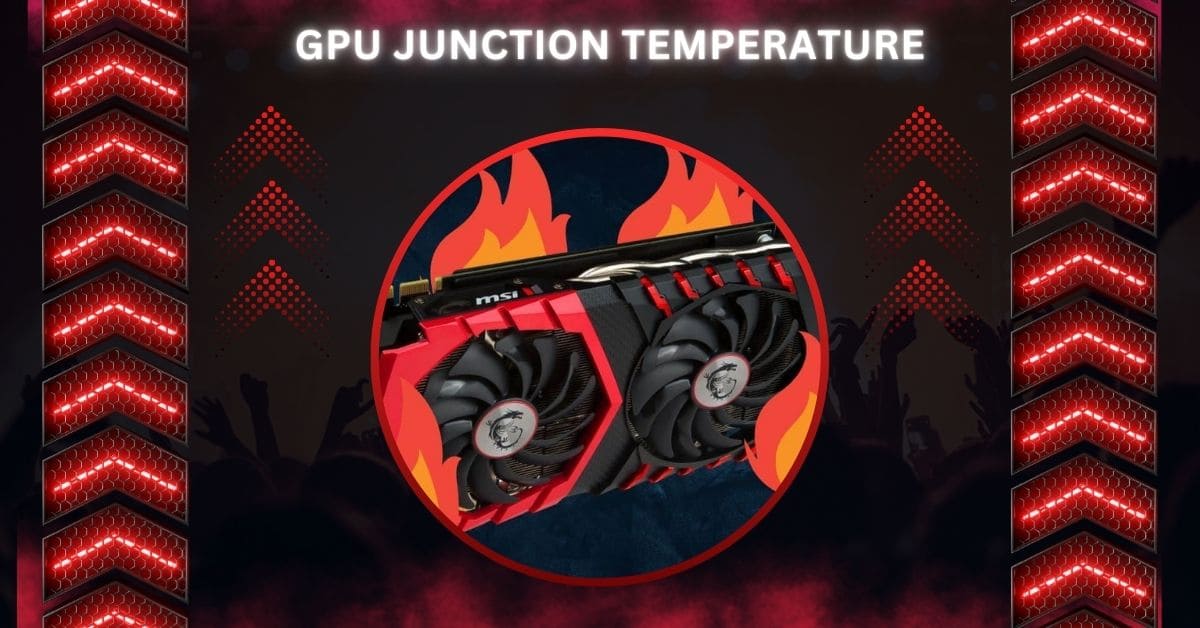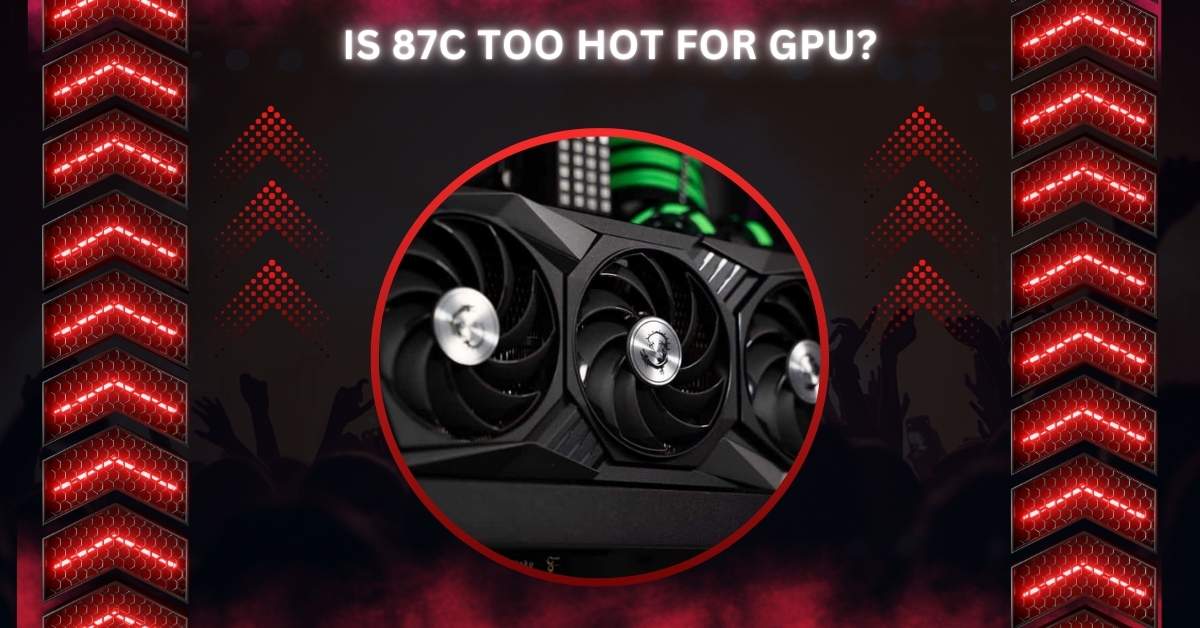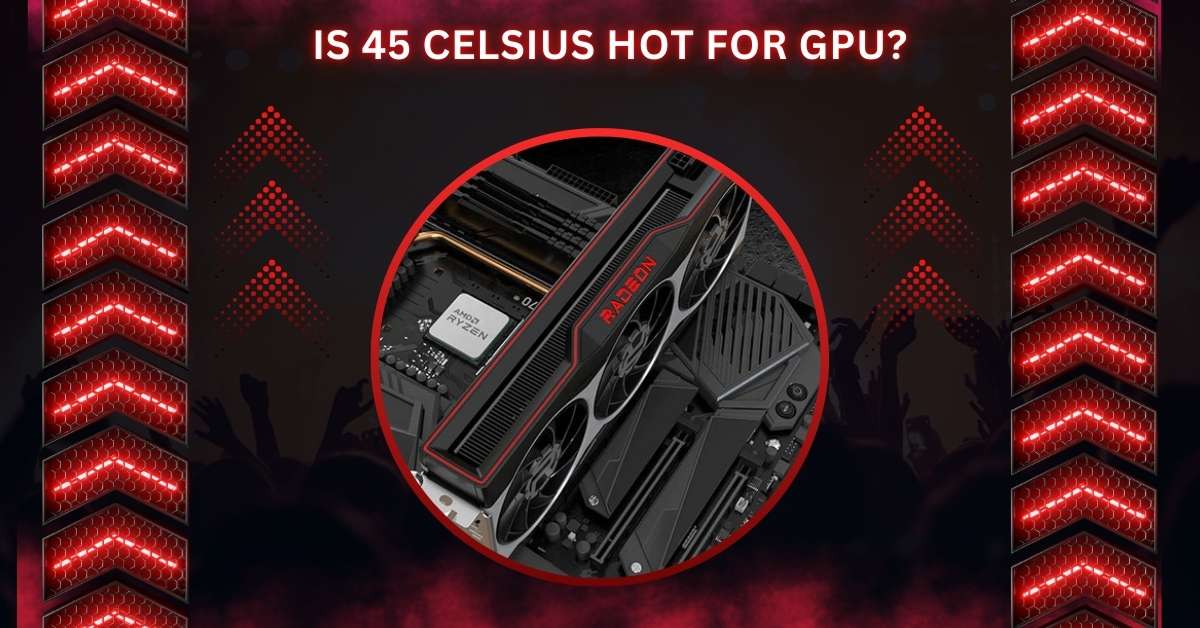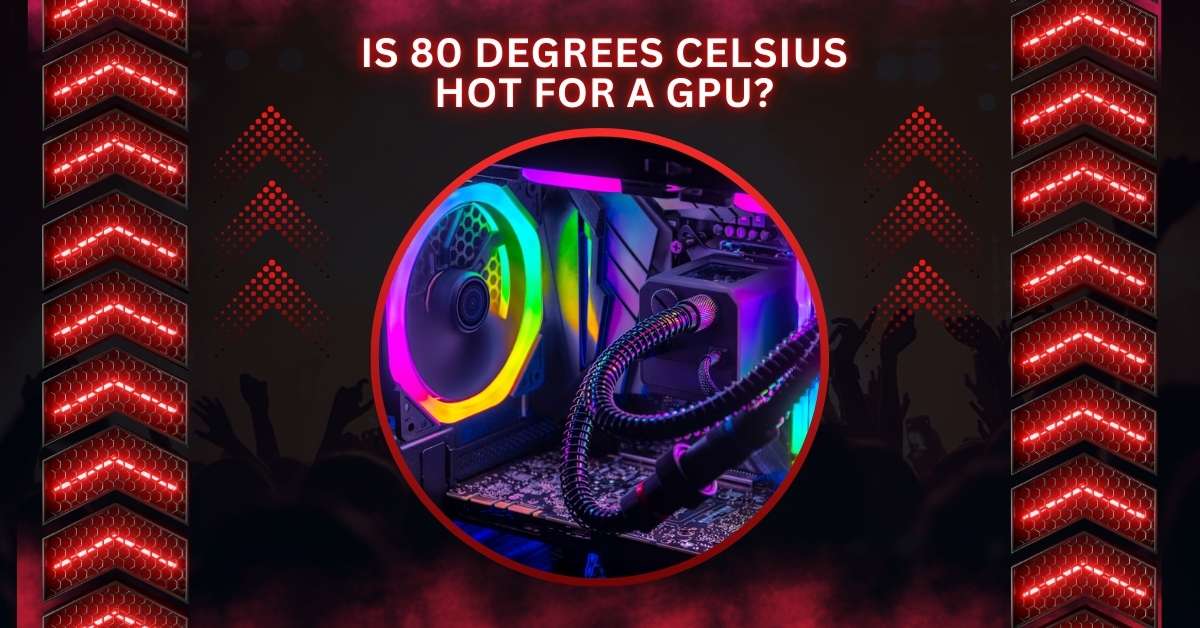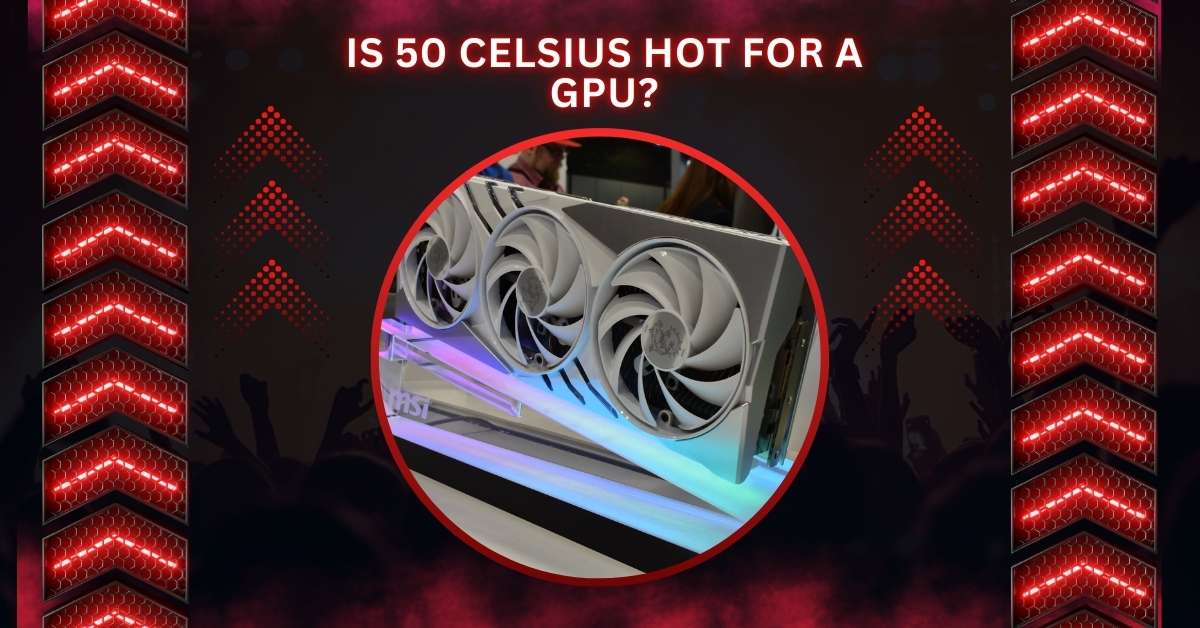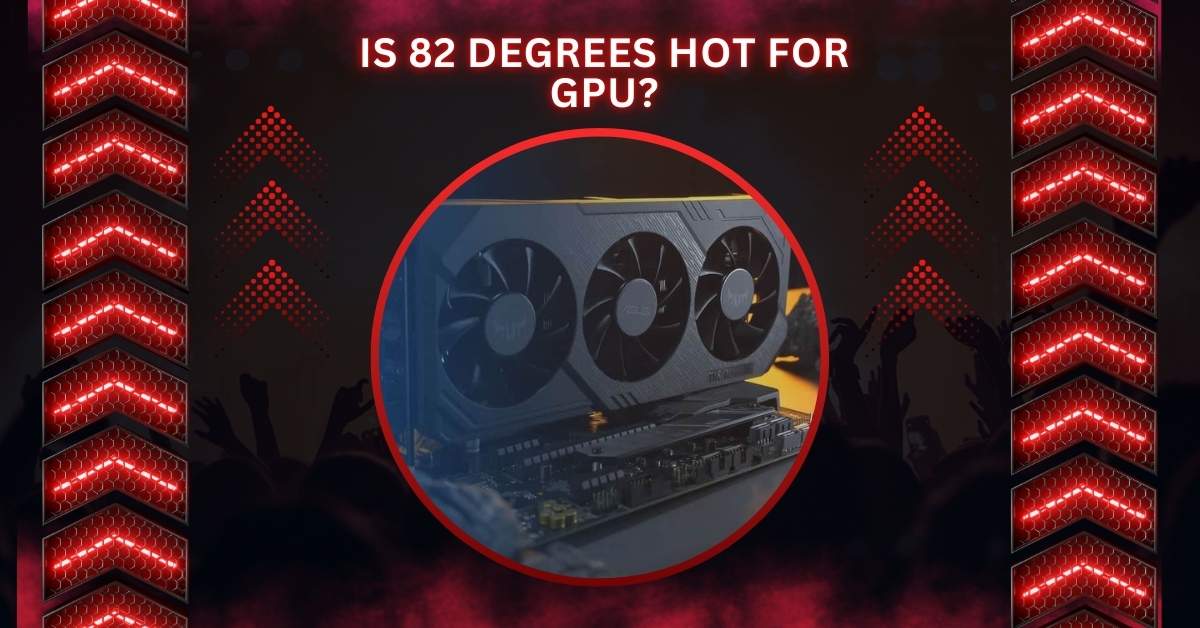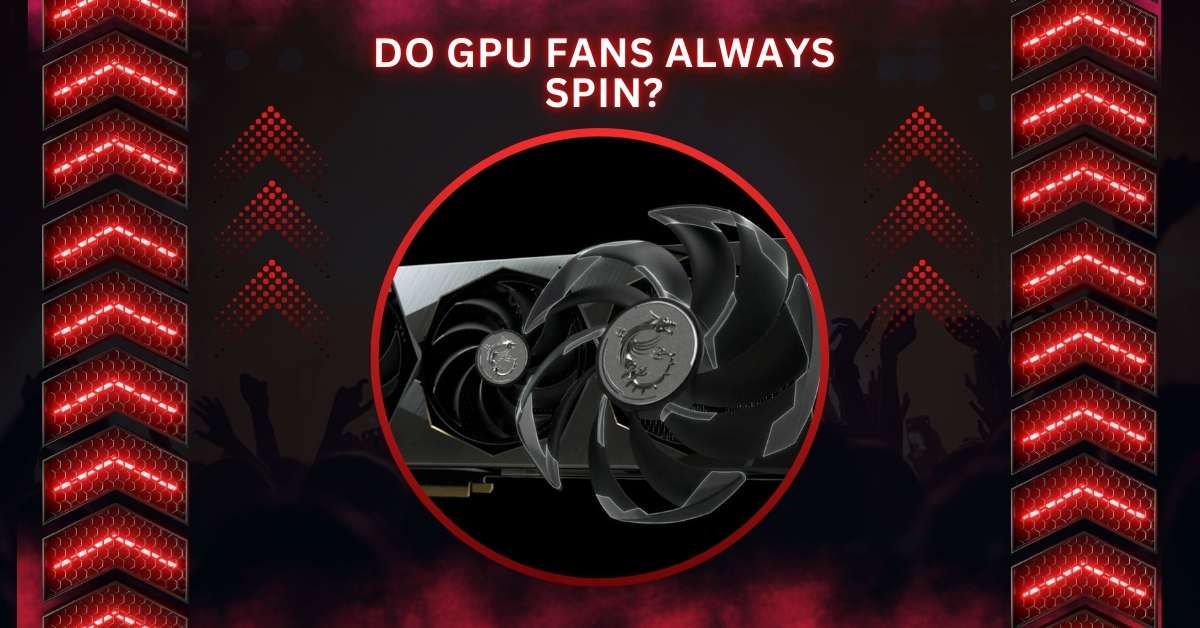Pytorch Check If GPU Is Available – A Step-By-Step Overview!
When working with PyTorch, a GPU (Graphics Processing Unit) can significantly enhance your model’s training speed by performing parallel computations. Use PyTorch’s torch.cuda.is_available() function to see if a GPU is available. This function returns True if PyTorch detects a CUDA-capable GPU, allowing you to leverage GPU acceleration for your models. For more details, visit PyTorch … Read more

